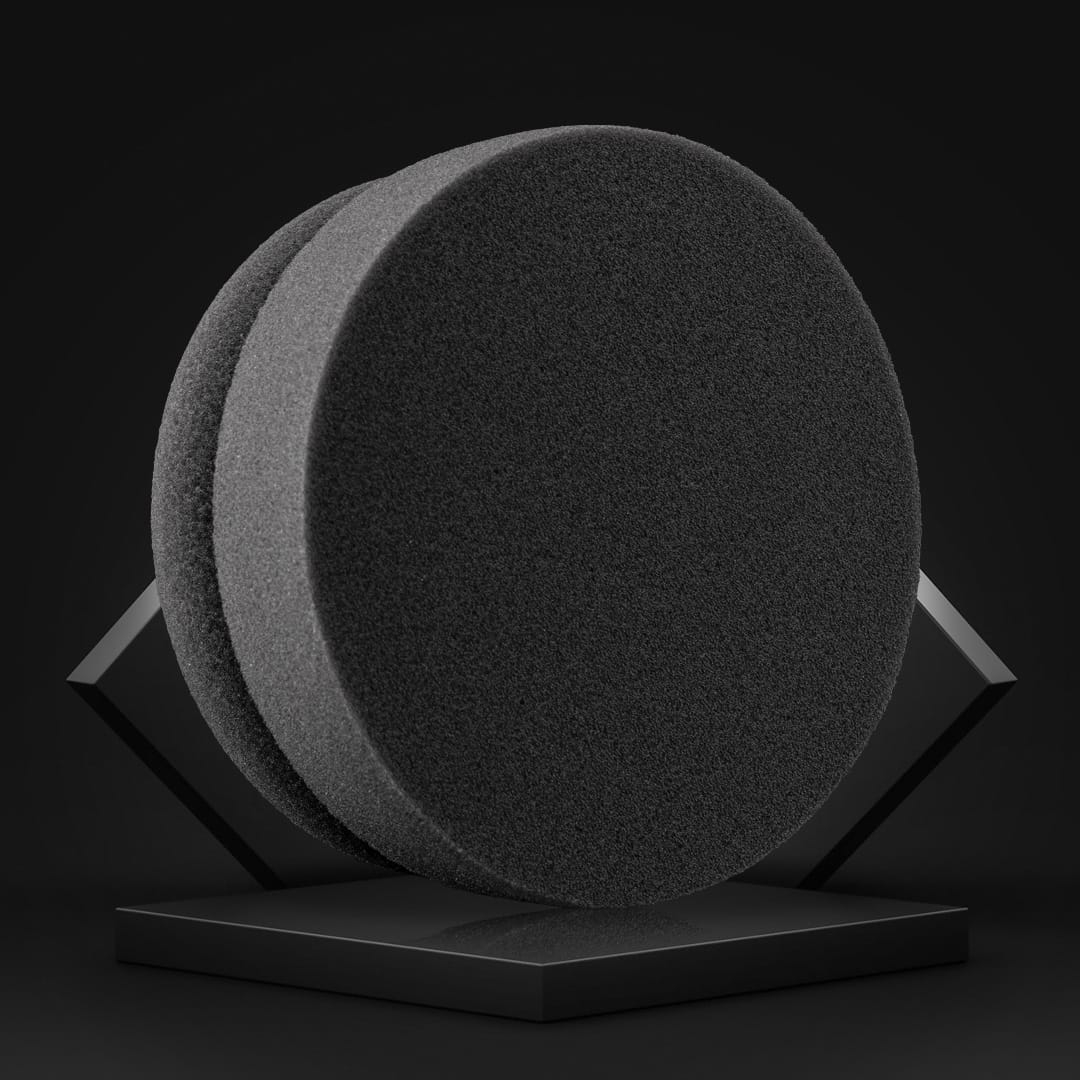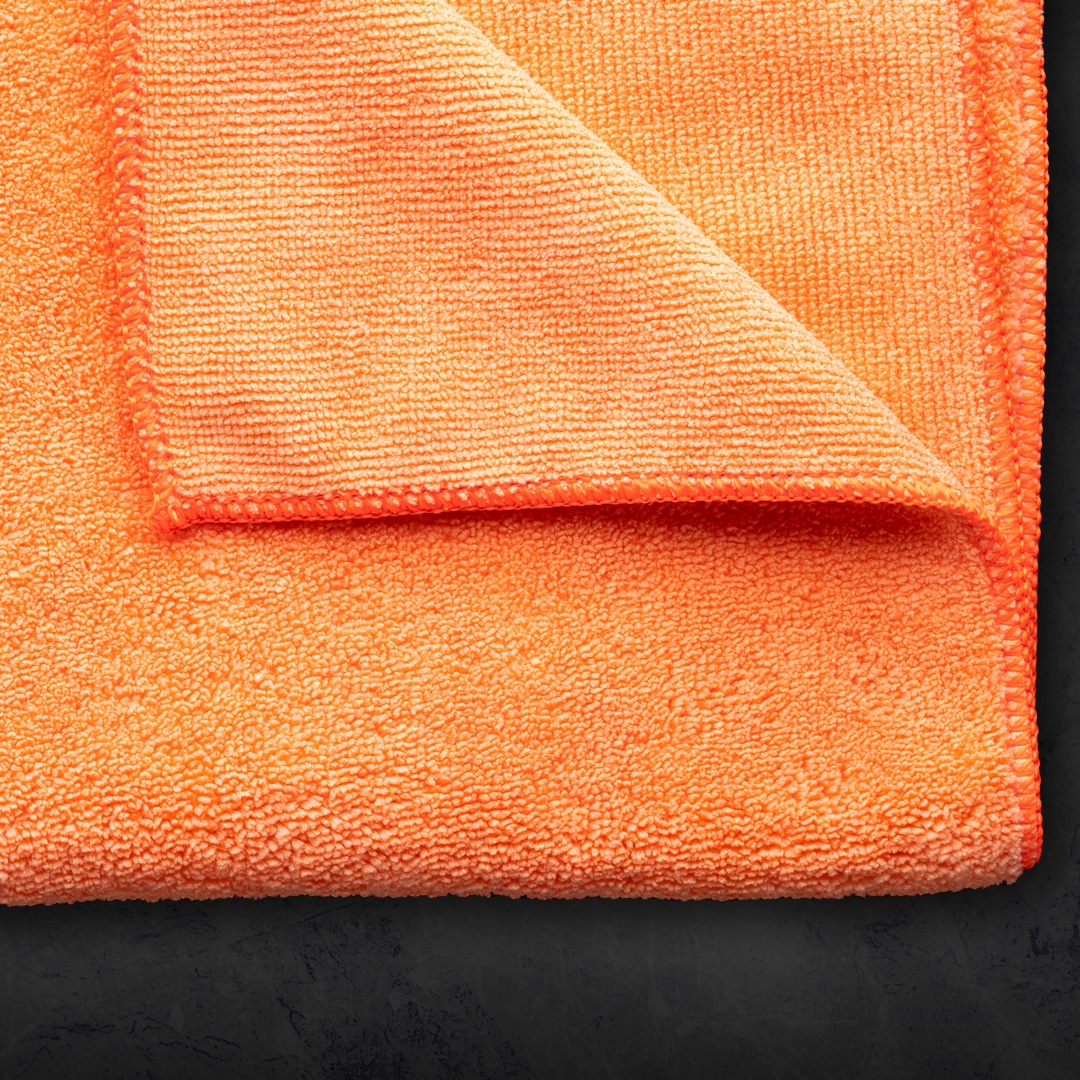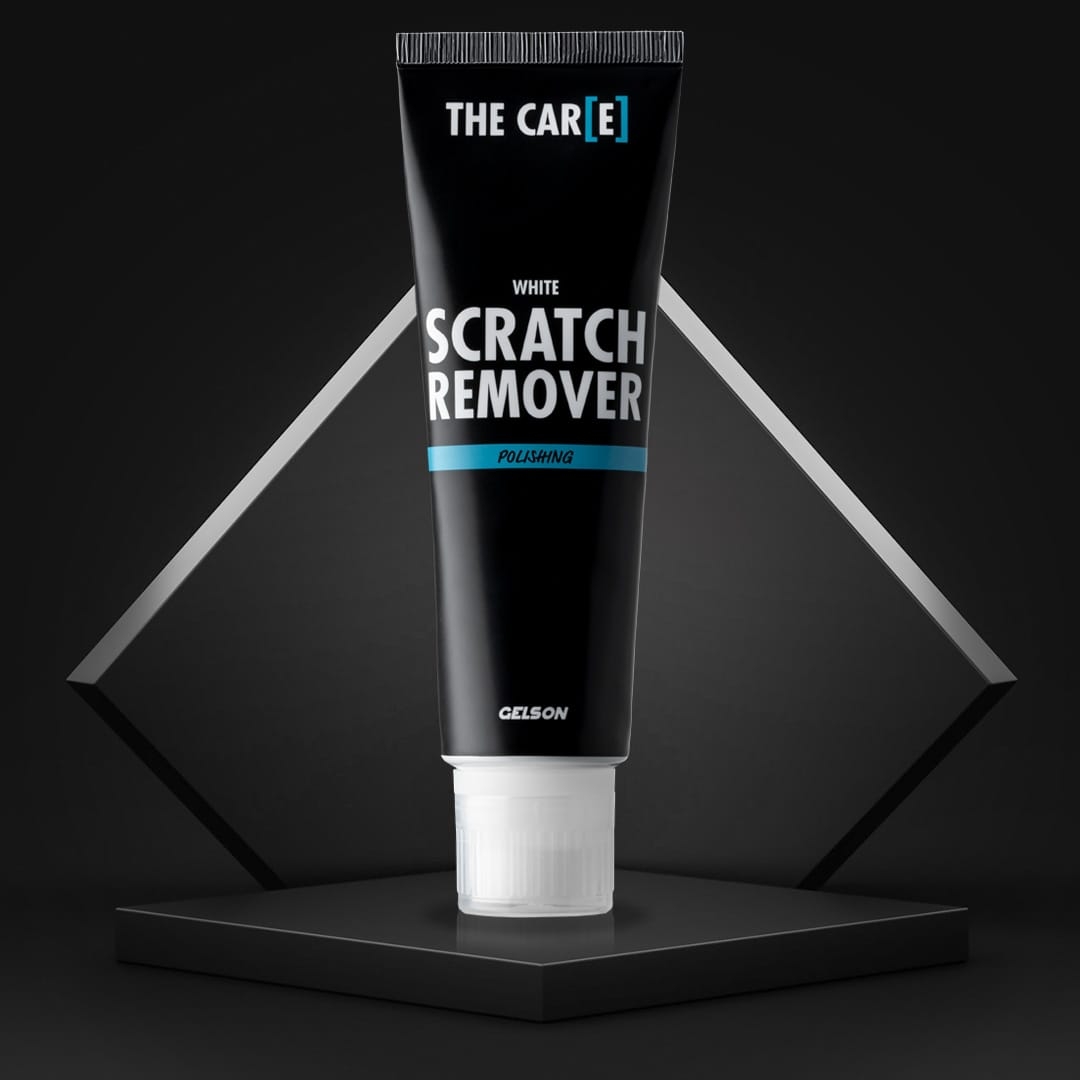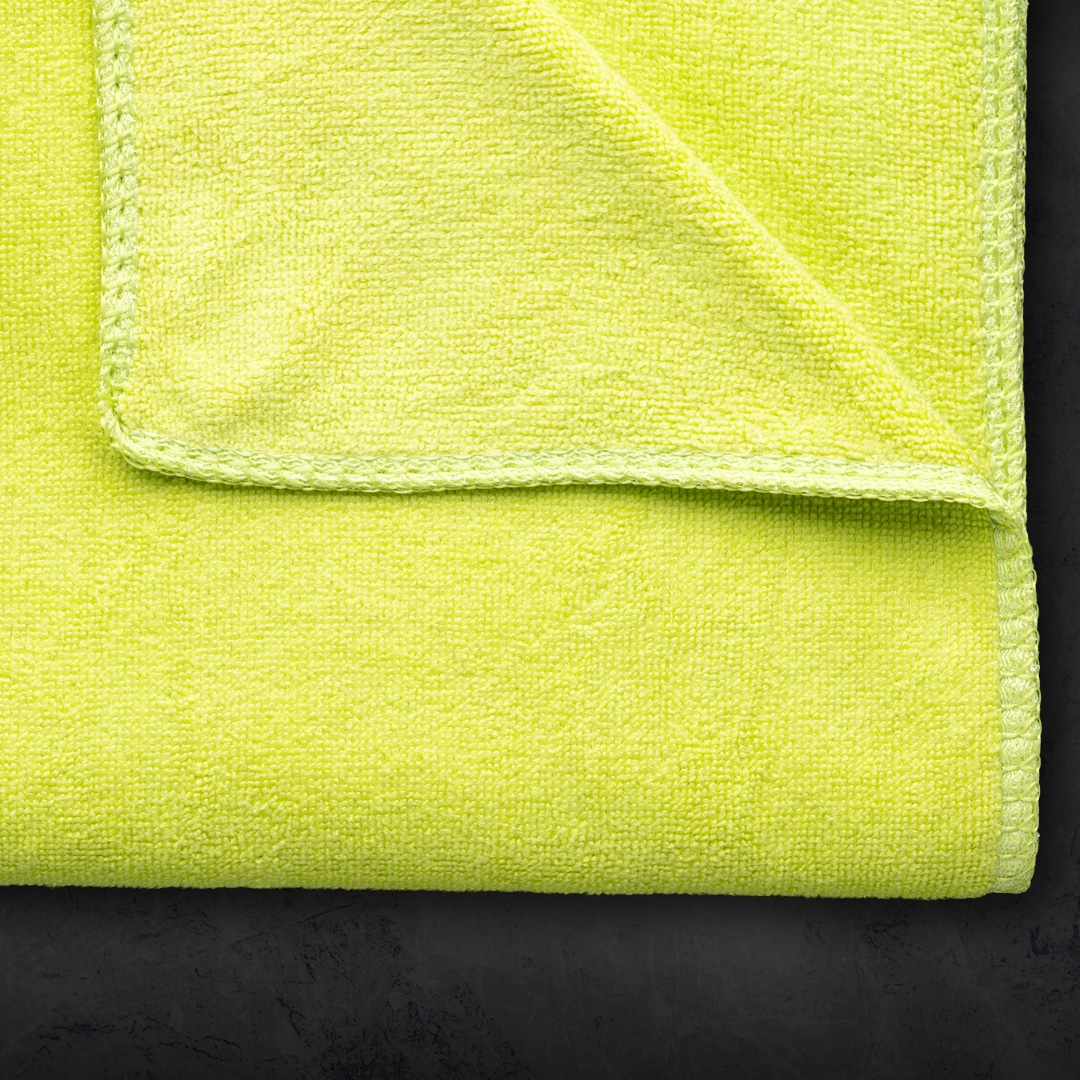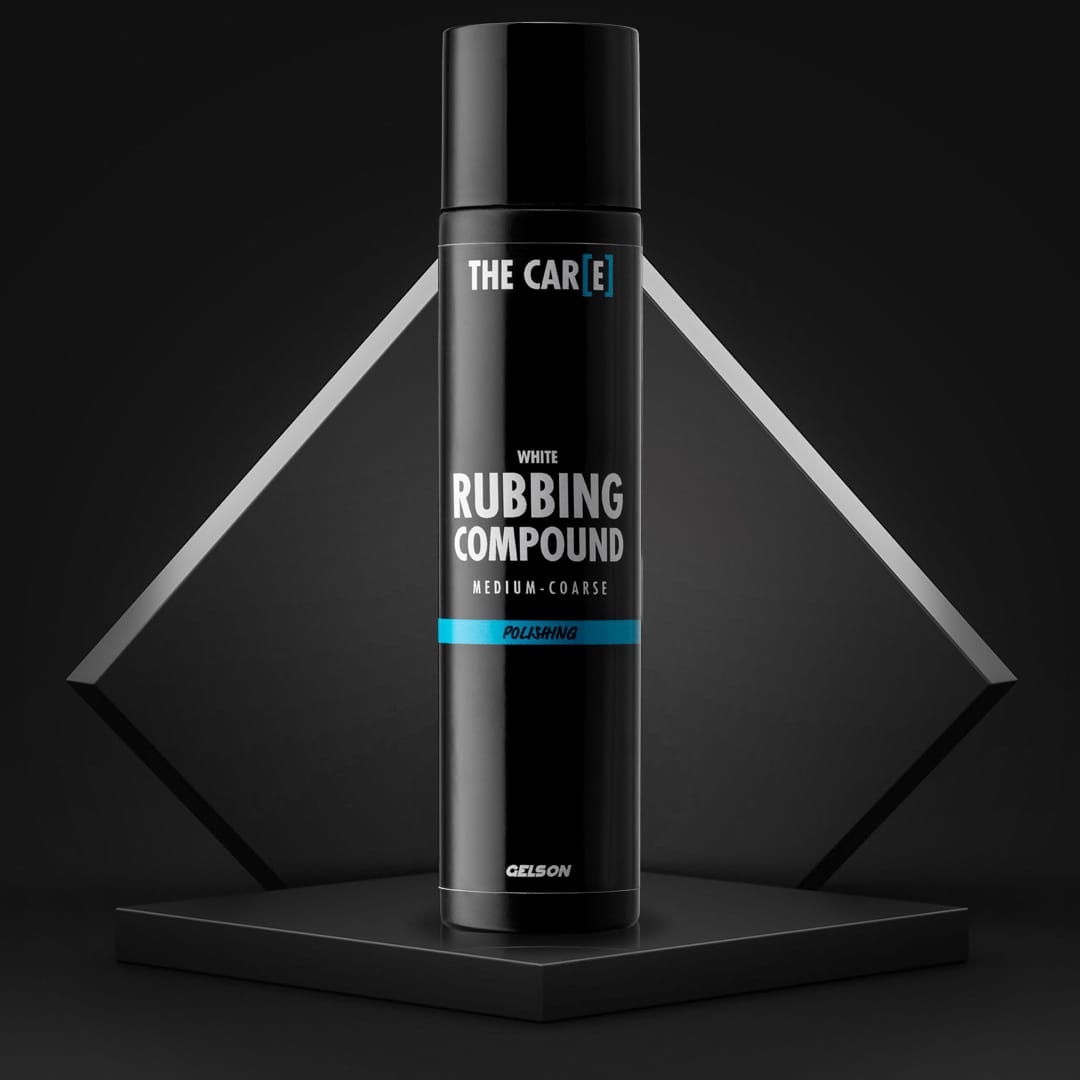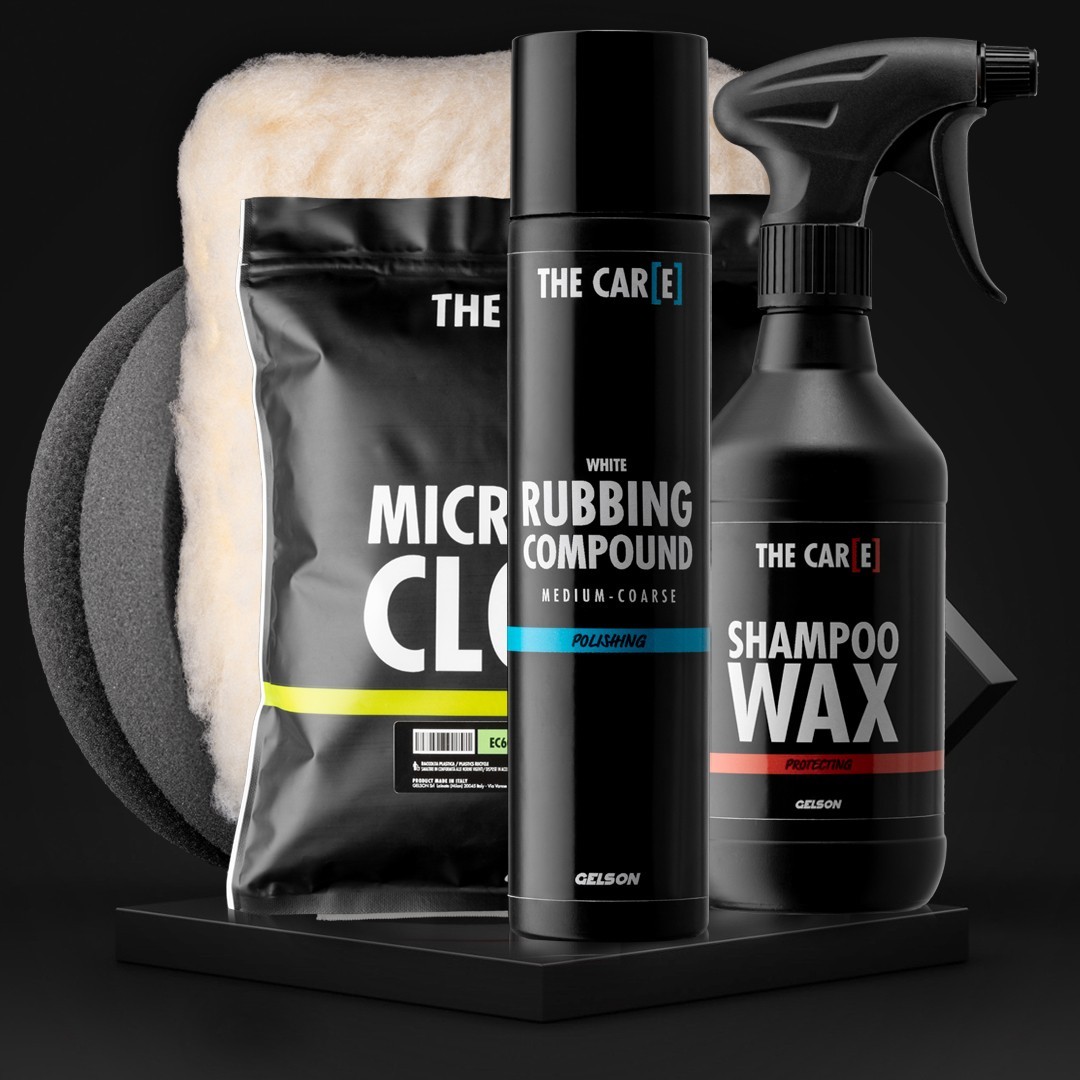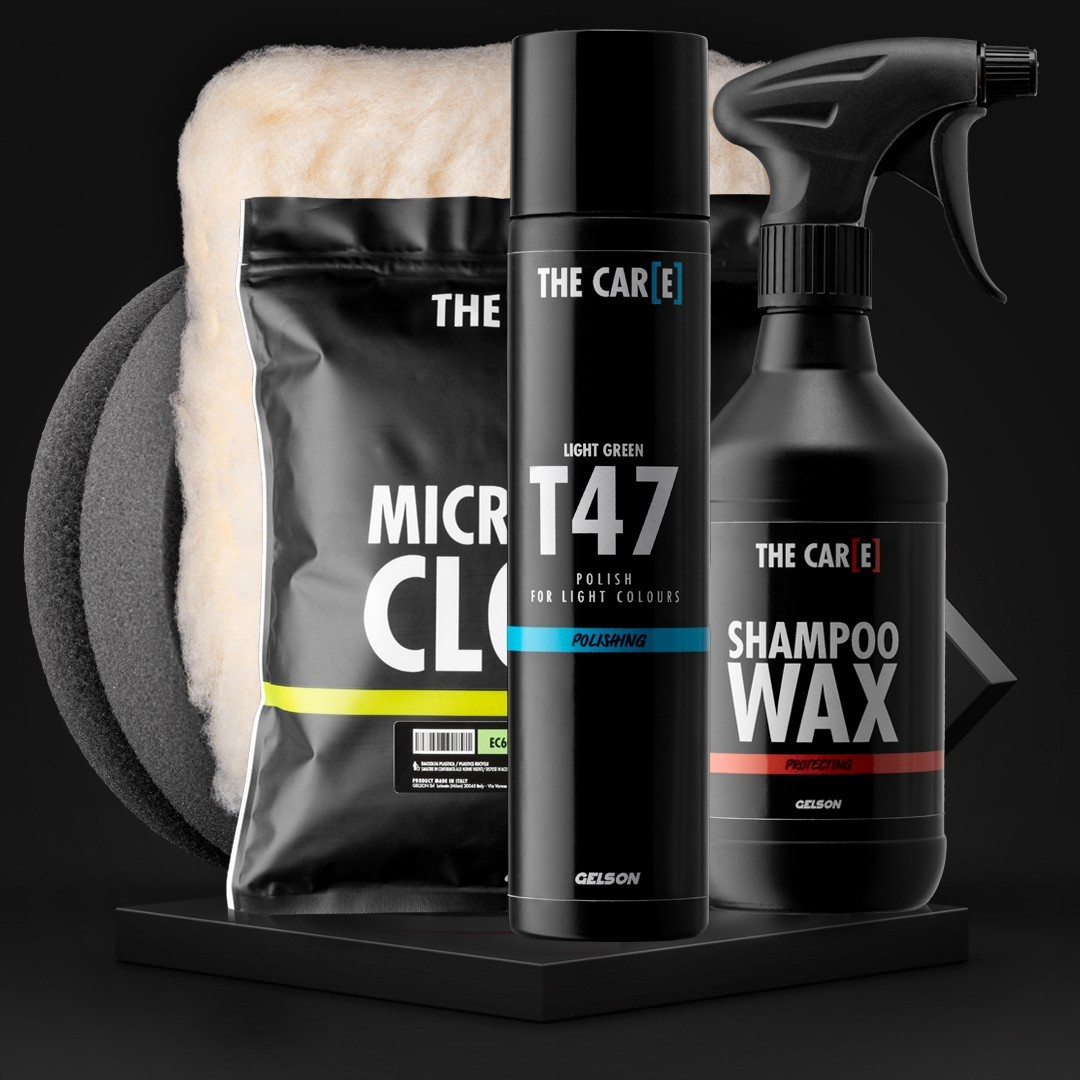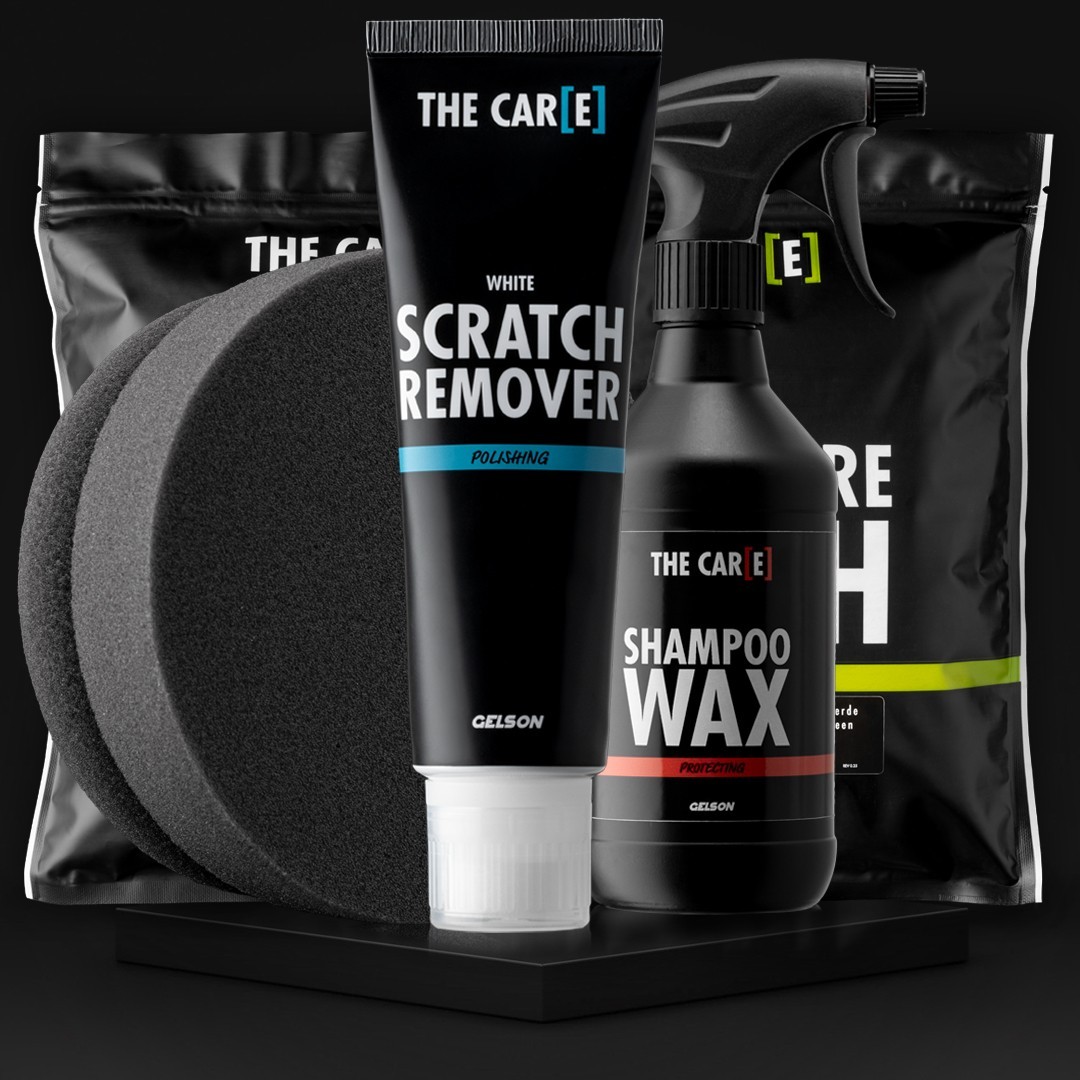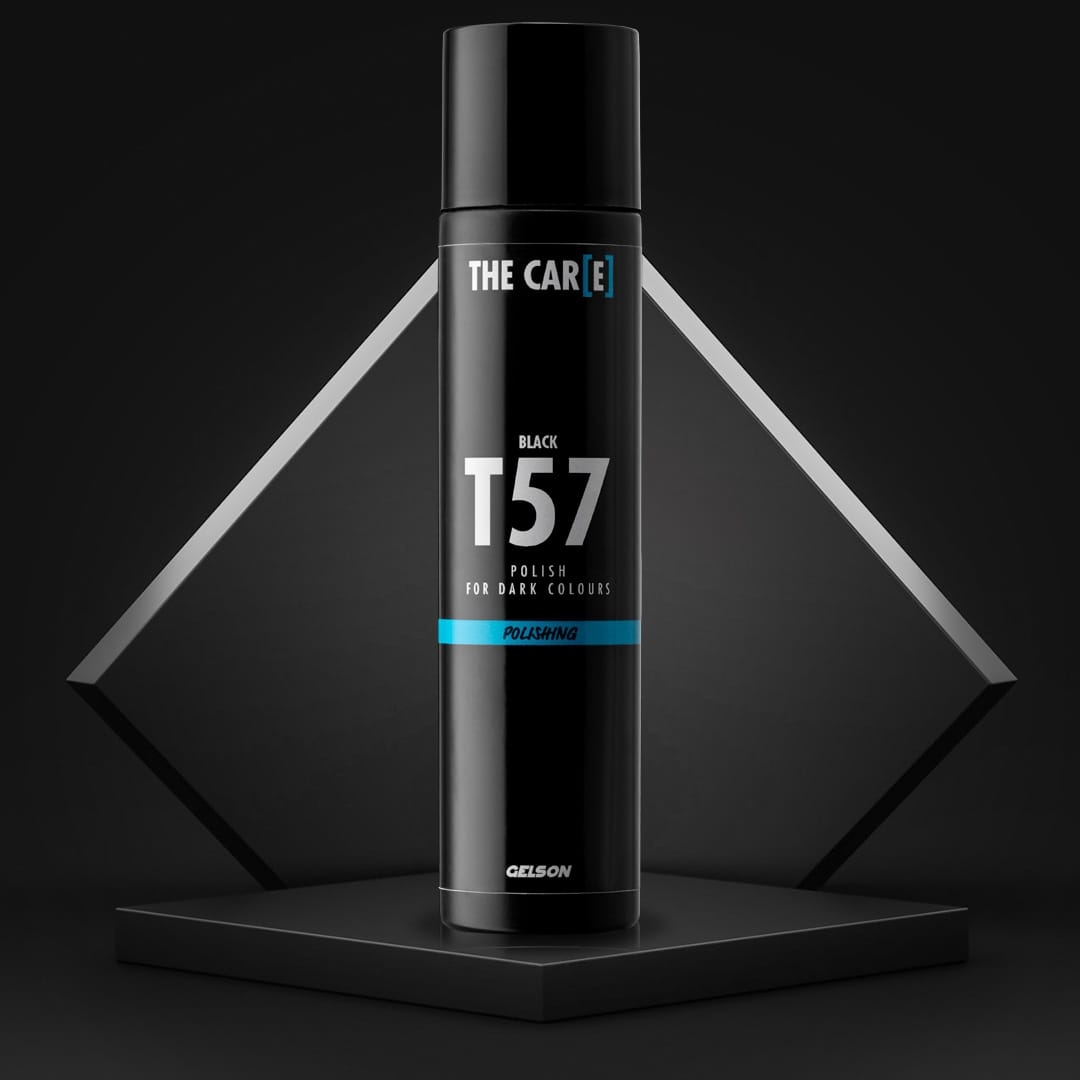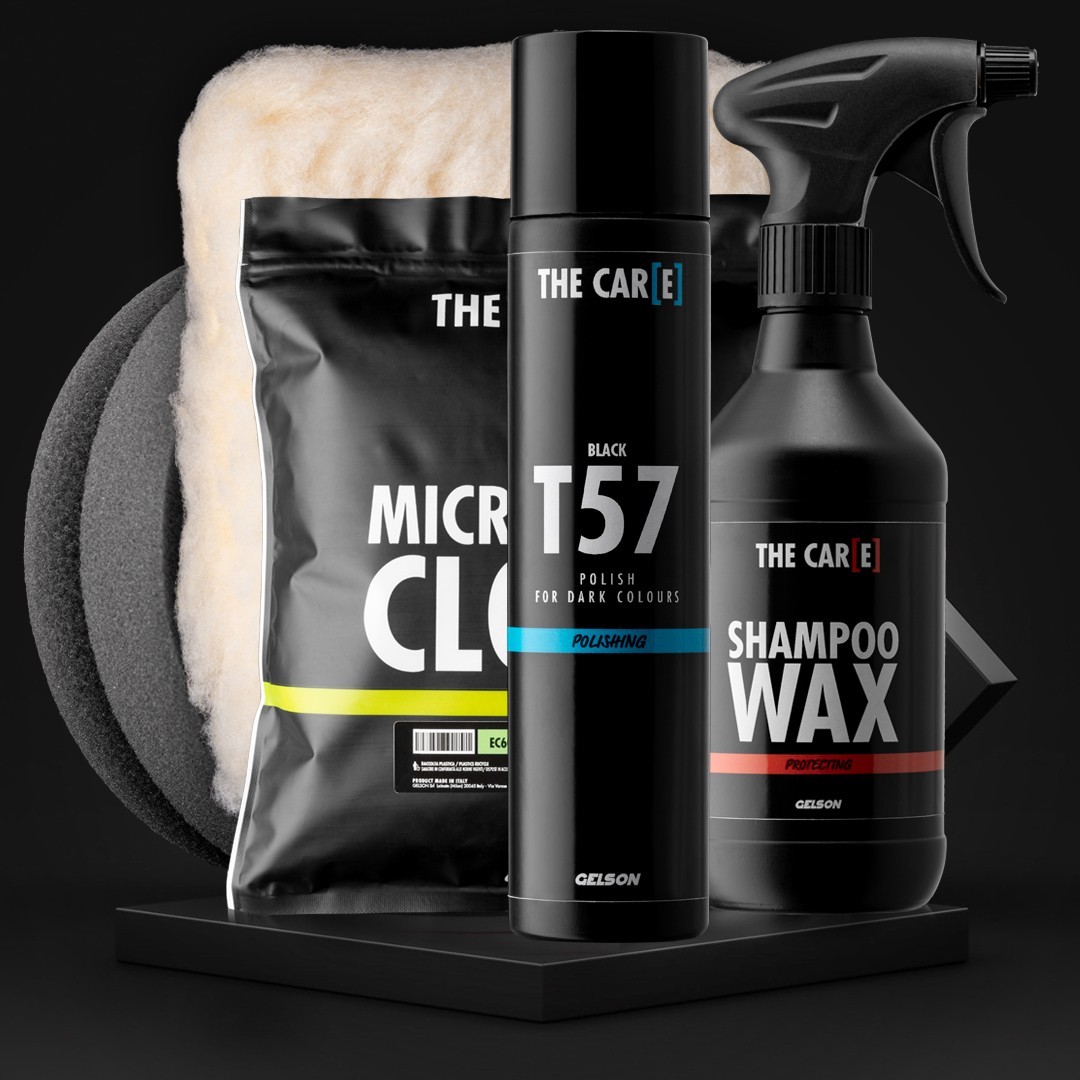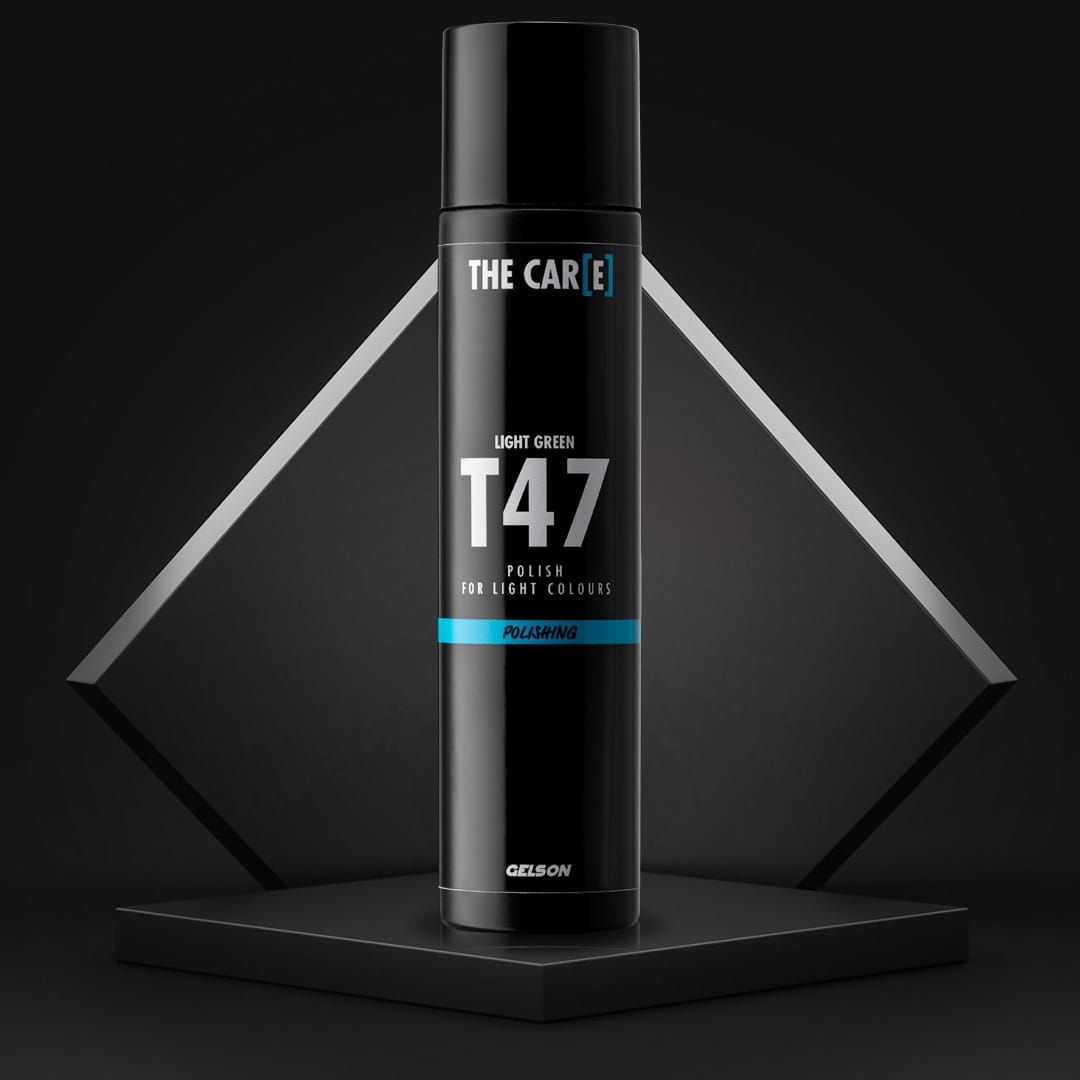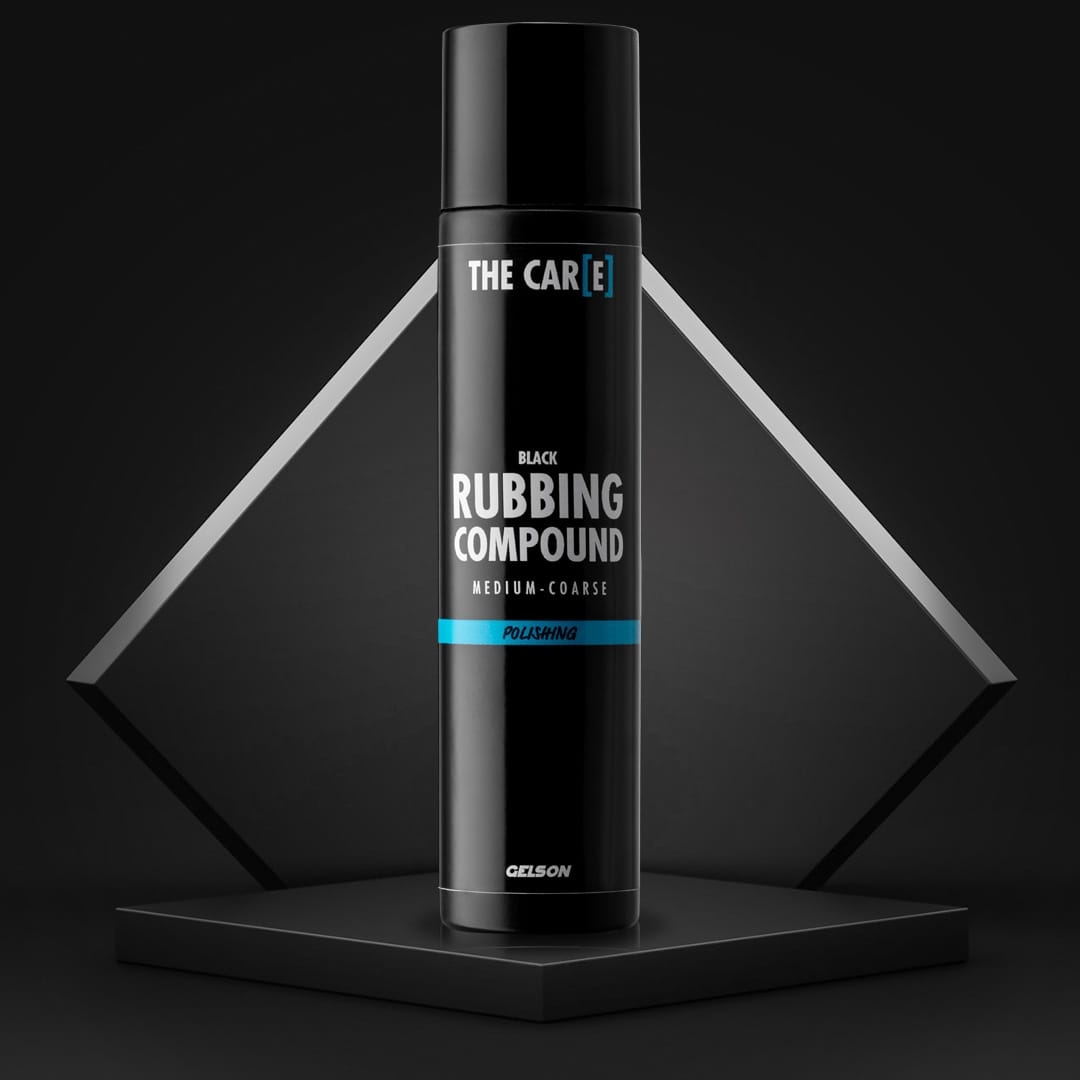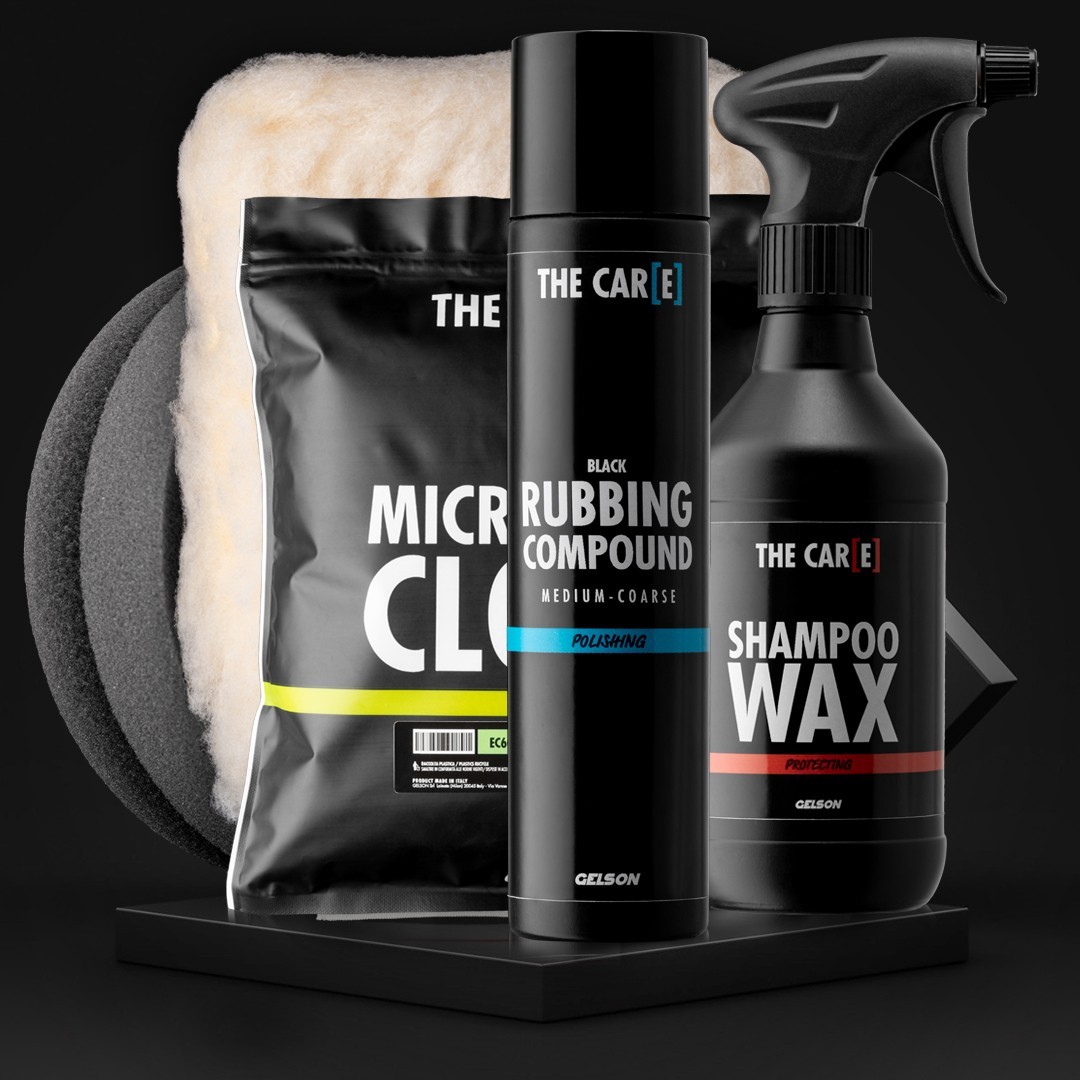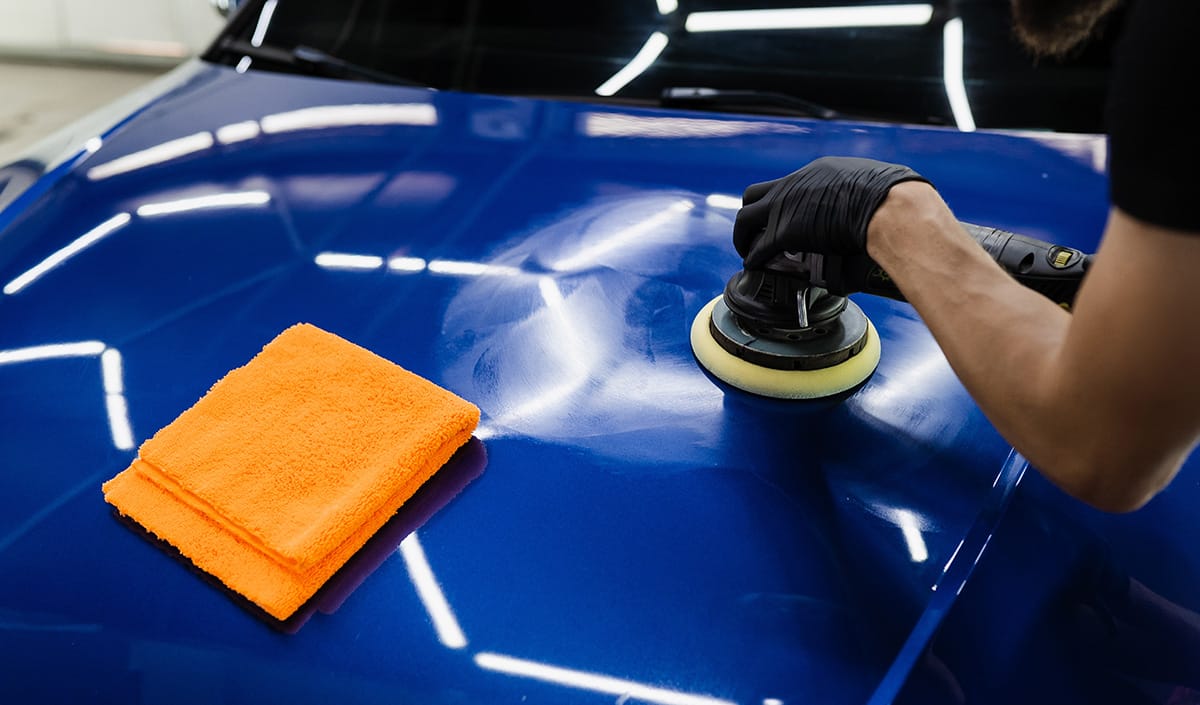
Remove scratches from your car like a real car detailer. In this guide we show you all the tricks and best products to eliminate all types of scratches from the bodywork.
In detail you will find:
- How to remove scratches from the car and which products to use
- How to repair scratches on the bodywork
- Eliminate superficial scratches
- Eliminate deep scratches
How to remove scratches from the car and which products to use
At least once we have all found ourselves facing one of the most bitter enemies of car owners: i scratches on the bodywork, signs that can compromise not only the aesthetics but also the value of the car and the protection of the paint.
Removing scratches from the car goes beyond simple car detailing techniques: it is a procedure bodywork repair which requires attention and precision but with the right precautions it can be within the reach of all car detailers, even the less experienced ones. It is therefore essential to follow a meticulous process and use the right products to ensure a professional result without further damaging the surface.
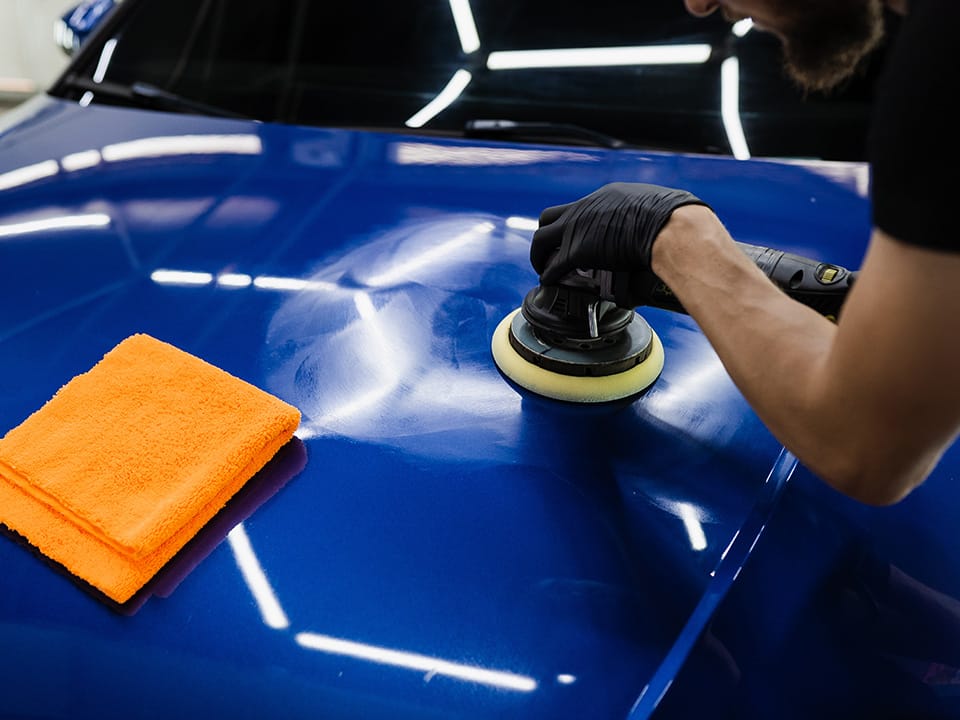
How to repair scratches on the bodywork
Let's see together the steps to follow to eliminate scratches from the bodywork:
- Car wash Before starting the scratch removal process, it is important to wash your car well to remove dirt and surface residue. Find out more...
- Choice of products: Select products suited to the depth and nature of the scratches. For example, for superficial scratches a Polish while for deeper scratches a Compounds. . Find out more...
- Surface preparation: Clean and dry the area around the scratch thoroughly to avoid contamination during the removal process
- Product Application: Carefully follow the manufacturer's instructions and apply the product to the damaged surface using an appropriate cloth or applicator. Find out more...
- Scratch processing: Use gentle, steady motions to smooth the scratch and reduce its depth
- Polishing and protection: After reducing the scratch, polish the surrounding surface to restore the original shine of the paint and apply a protective product to preserve the surfaces
- Final check: Carefully inspect the treated area to ensure that scratches have been completely removed and that the surface is uniform and free of defects
To remove scratches from the car and restore the original shine of the bodywork, it is essential to identify the type of scratch and its depth and, based on these, proceed using the appropriate products and techniques.
For this reason, the first step to take is to wash the car carefully, as the dirty surface could hide other scratches or cause our assessment of the scratch to be incorrect. (You can read our guide on how to carry out a handwash And streak-free drying).
Once this is done, if decontamination processes are not necessary, we can apply the product suitable for the type of scratch identified, whether this is a superficial scratch or a deep scratch, using an appropriate applicator.
After applying the abrasive compound, it is advisable to proceed with polishing the surface and applying a paint protection product that preserves the treated surface and allows the result obtained to be maintained for a long time. For this operation we recommend the use of Polishing Protective Wax if it concerns shiny surfaces and Renewing Protective Detailer for matt surfaces.
Also in this step it is important to pay attention to the application methods: we recommend working on small areas at a time, avoiding exerting too much pressure on the surface by carrying out rotary movements. Additionally, it is important to use clean microfiber cloths to remove any product residue and achieve an even finish. In some cases, you may need to provide yourself with more advanced tools, such as an orbital or rotary sander to remove deeper scratches, but it is important to be extremely cautious when using such tools, as they can further damage the paintwork if not used correctly.
In general with chemical products, it is good practice to apply them in the shade, on surfaces at room temperature, in order to allow the product to act correctly without undergoing alterations.
To learn more about the topic you can read ours guide to car polishing.
Eliminate superficial scratches
Superficial scratches are the easiest to remove but it is important to use the right product that is effective but delicate on the surface so as not to damage it further. For this reason, the ideal product is a Polish, such as Scratch Remover or T47/T57, as their formulation allows you to remove only the surface layer of the polish, easily removing Swirl and all types of superficial scratches, even those that form under the handle of the car.
In particular, Scratch Remover It is highly recommended for both less experienced detailers and veterans, due to its formulation and practicality Sponge Cap included make it effective and easy to apply. The other polishes in The Care line (such as T47 And T57), however, contain gloss and must be applied with a microfiber cloth or a manual pad.
When treating surface scratches with polish it is important to remember to eliminate excess product on the surface (using a microfibre cloth clean or a TNT cloth) and rinse the treated surface.
Eliminate deep scratches
Deep scratches require a more decisive approach and the use of specific tools to achieve optimal results. In these cases, abrasive paste proves to be a precious ally in the fight against obvious marks on the bodywork.
For dark surfaces we recommend Rubbing Coupond black, while for light surfaces Rubbing Compound white. Both are ideal and suitable for deep scratches, such as RIDS, as in addition to having a greater abrasive power than Polish, they are also mordant, this helps remove scratches and impurities from the treated surface. Compounds, like Polishes, can also be applied with Hand Pad Polishing, dosing both on the surface and on the manual pad a portion of product suitable for the area to be treated. The Rubbing Compound black has a dark color, which is why it covers better on dark surfaces, while the white has a lighter color which makes it suitable for light surfaces.
Using abrasive paste to remove scratches from the car, especially the deeper ones, may require the use of random orbital or rotary polishers (use of these is recommended only for more experienced detailers). The movement to be carried out, once the polishing pad, it is delicate and rotary, in order to let the polisher work by guiding it along the surface to be treated.
After applying abrasive paste it is important to rinse the surface well in order to remove any residues, as its biting properties could cause damage to the treated surface if left to act.

